Old Browser
This page has been recently translated and is available in French now.
Looks like you're visiting us from {countryName}.
Would you like to stay on the current country site or be switched to your country?


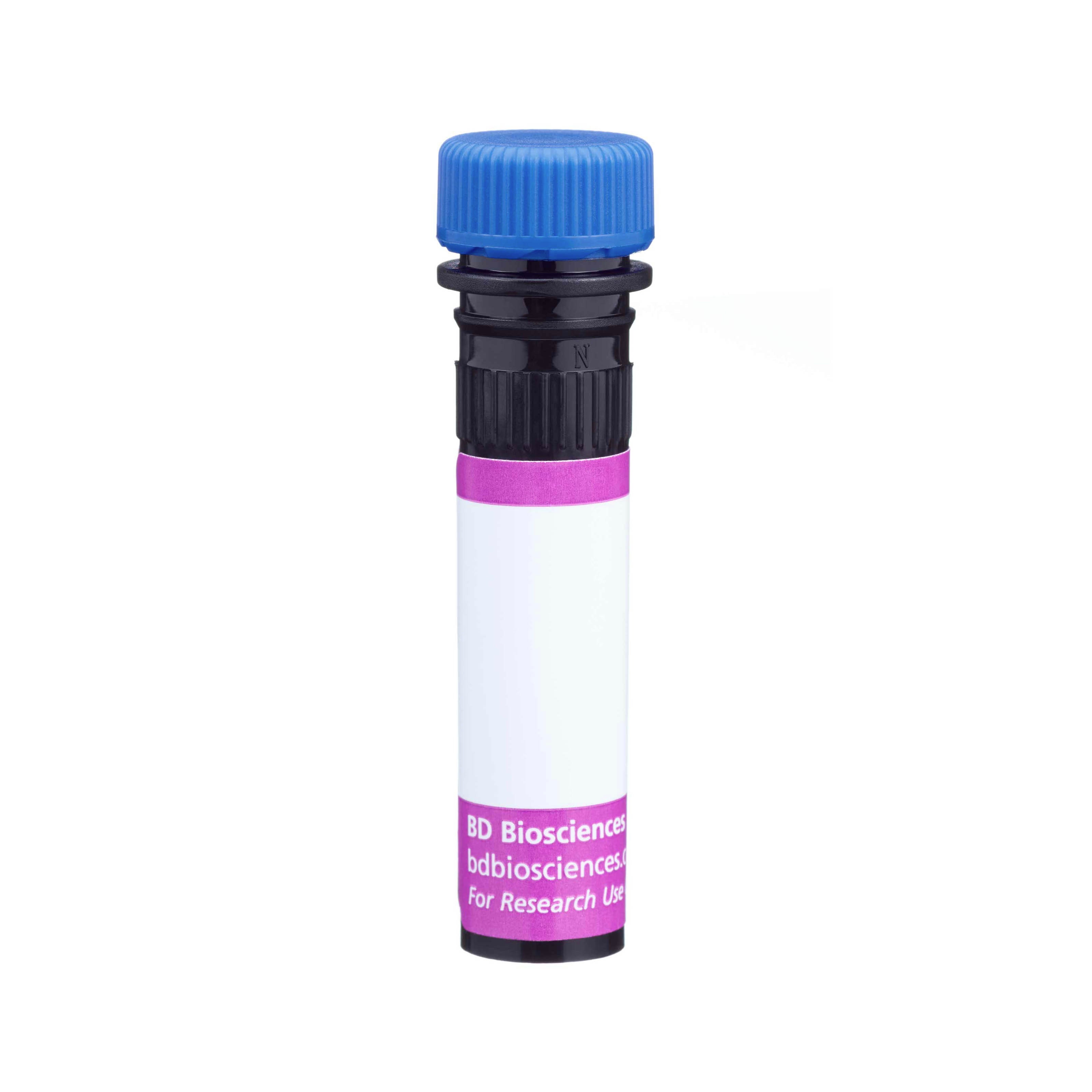

Flow cytometric analysis of EZH2 expression in Jurkat cells (left). Cells from the human Jurkat T-cell leukemia cell line (ATCC TIB-152) were fixed and permeabilized using the BD Pharmingen™ Transcription Factor Buffer Set (Cat. No. 562574/562725) and then stained with matching concentrations of either BD Horizon™ BV421 Mouse IgG1, κ Isotype Control (Cat. No. 562438; dashed line histogram) or BD Horizon BV421 Mouse anti-EZH2 monoclonal antibody (Cat. No. 562963; solid line histogram). The fluorescence histograms were derived from gated events with the forward and side light-scatter characteristics of viable Jurkat cells. Flow cytometric analysis was performed using a BD™ LSR II Flow Cytometer System. Immunofluorescent analysis of EZH2 expression by human cells (right). Cultured cells from the HeLa cell line (ATCC, CCL-2) were fixed with BD Cytofix™ Fixation Buffer (Cat. No. 554655), permeabilized with BD Phosflow™ Perm Buffer III (Cat. No. 558050), and blocked with 5% goat serum, 1% BSA, and 0.5% Triton™ X-100 diluted in PBS. Cells were stained with BD Horizon BV421 Mouse Anti-EZH2 antibody (Cat. No. 562963, pseudo-colored red) and Alexa Fluor® 488 Mouse Anti-Cytochrome c (Cat. No. 560263, pseudo-colored green). DRAQ5™ was used as a nuclear counterstain (Cat. No. 564902/564903, pseudo-colored blue). Images were captured on a standard four laser confocal microscope. Original magnification, 40x.


BD Horizon™ BV421 Mouse Anti-EZH2

Regulatory Status Legend
Any use of products other than the permitted use without the express written authorization of Becton, Dickinson and Company is strictly prohibited.
Preparation And Storage
Recommended Assay Procedures
The BD Pharmingen™ Transcription Factor Buffer Set (Cat. No. 562574/562725) is recommended over other fixation and permeabilization solutions for use in staining cells with BD Horizon™ BV421 Mouse Anti-EZH2 antibody.
For optimal and reproducible results, BD Horizon Brilliant™ Stain Buffer should be used anytime two or more BD Horizon Brilliant dyes are used in the same experiment. Fluorescent dye interactions may cause staining artifacts which may affect data interpretation. The BD Horizon Brilliant Stain Buffer was designed to minimize these interactions. More information can be found in the Technical Data Sheet of the BD Horizon Brilliant Stain Buffer (Cat. No. 563794).
Product Notices
- This reagent has been pre-diluted for use at the recommended Volume per Test. We typically use 1 × 10^6 cells in a 100-µl experimental sample (a test).
- An isotype control should be used at the same concentration as the antibody of interest.
- Source of all serum proteins is from USDA inspected abattoirs located in the United States.
- Caution: Sodium azide yields highly toxic hydrazoic acid under acidic conditions. Dilute azide compounds in running water before discarding to avoid accumulation of potentially explosive deposits in plumbing.
- For fluorochrome spectra and suitable instrument settings, please refer to our Multicolor Flow Cytometry web page at www.bdbiosciences.com/colors.
- Pacific Blue™ is a trademark of Molecular Probes, Inc., Eugene, OR.
- Alexa Fluor® is a registered trademark of Molecular Probes, Inc., Eugene, OR.
- Triton is a trademark of the Dow Chemical Company.
- DRAQ5™ is a registered trademark of BioStatus Ltd.
- Species cross-reactivity detected in product development may not have been confirmed on every format and/or application.
- BD Horizon Brilliant Violet 421 is covered by one or more of the following US patents: 8,158,444; 8,362,193; 8,575,303; 8,354,239.
- BD Horizon Brilliant Stain Buffer is covered by one or more of the following US patents: 8,110,673; 8,158,444; 8,575,303; 8,354,239.
- Please refer to www.bdbiosciences.com/us/s/resources for technical protocols.
Companion Products


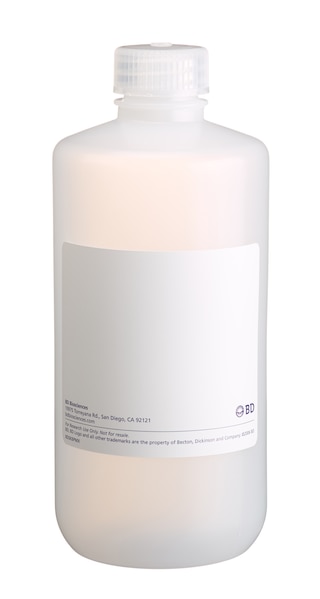
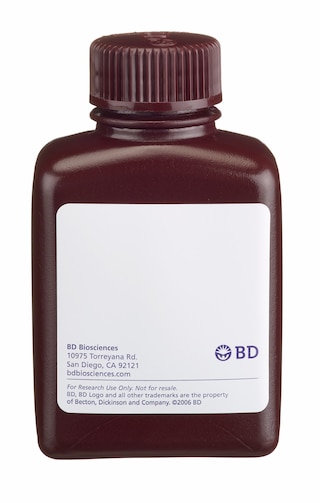
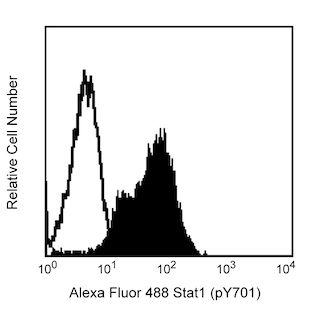
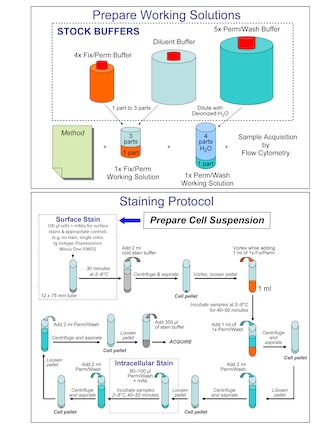
The 11/EZH2 monoclonal antibody specifically binds to the methyltransferase, EZH2 (Enhancer of Zeste Homolog 2). EZH2 is a human homologue of Drosophila's Enhancer of zeste gene, an important regulator of homeobox gene expression. The EZH2 protein has a predicted molecular weight of ~85 kDa. EZH2 is a member of the Polycomb group (PcG) of proteins that are essential for the maintenance, but not initiation, of the transcriptionally repressed state of certain developmental genes. PcG proteins are a structurally diverse group of proteins with conserved functions from fly to human cells. PcG family proteins form multimeric complexes that regulate the expression of genes involved in cell cycle, DNA repair and differentiation. Specifically, EZH2 is a core enzymatic component of PRC2 (polycomb repressive complex 2). EZH2 is expressed in some lymph node follicular T cells and B cells. Thymocytes differentially express EZH2 at various stages during T-cell maturation. EZH2 interacts with multiple signaling proteins, including Vav, that are involved in lymphocyte development and activation. It is highly expressed in a variety of tumors including lymphomas as well as breast and prostate cancers. EZH2 is important in the self renewal and proliferation of numerous stem cell types including fetal hematopoietic stem cells, muscle satellite cells, hepatic stem/progenitor cells, neural stem cells, basal cell progenitors in the developing epidermis, embryonic stem cells, and some cancer stem cells.
The antibody was conjugated to BD Horizon BV421 which is part of the BD Horizon Brilliant™ Violet family of dyes. With an Ex Max of 407-nm and Em Max at 421-nm, BD Horizon BV421 can be excited by the violet laser and detected in the standard Pacific Blue™ filter set (eg, 450/50-nm filter). BD Horizon BV421 conjugates are very bright, often exhibiting a 10 fold improvement in brightness compared to Pacific Blue conjugates.

Development References (10)
-
Ezhkova E, Pasolli HA, Parker JS, et al. Ezh2 orchestrates gene expression for the stepwise differentiation of tissue-specific stem cells. Cell. 2009; 136(6):1122-1135. (Biology). View Reference
-
Juan AH, Derfoul A, Feng X, et al. Polycomb EZH2 controls self-renewal and safeguards the transcriptional identity of skeletal muscle stem cells. Genes Dev. 2011; 25(8):789-794. (Biology). View Reference
-
Kikuchi J, Kinoshita I, Shimizu Y, et al. Distinctive expression of the polycomb group proteins Bmi1 polycomb ring finger oncogene and enhancer of zeste homolog 2 in nonsmall cell lung cancers and their clinical and clinicopathologic significance. Cancer. 2010; 116(12):3015-3024. (Clone-specific: Immunohistochemistry, Western blot). View Reference
-
Mochizuki-Kashio M, Mishima Y, Miyagi S, et al. Dependency on the polycomb gene Ezh2 distinguishes fetal from adult hematopoietic stem cells. Blood. 2011; 118(25):6553-6561. (Biology). View Reference
-
Raaphorst FM, Otte AP, van Kemenade FJ. Distinct BMI-1 and EZH2 expression patterns in thymocytes and mature T cells suggest a role for Polycomb genes in human T cell differentiation. J Immunol. 2001; 166(10):5925-5934. (Biology). View Reference
-
Shen X, Liu Y, Hsu YJ, et al. EZH1 mediates methylation on histone H3 lysine 27 and complements EZH2 in maintaining stem cell identity and executing pluripotency. Mol Cell. 2008; 32(4):491-502. (Biology). View Reference
-
Simon JA, Lange CA. Roles of the EZH2 histone methyltransferase in cancer epigenetics. Mutat Res. 2008; 647(1-2):21-29. (Biology). View Reference
-
Su IH, Dobenecker MW, Dickinson E, et al. Polycomb group protein ezh2 controls actin polymerization and cell signaling. Cell. 2005; 121(3):425-436. (Biology). View Reference
-
Wolters T, Vissers KJ, Bangma CH, Schroder FH, van Leenders GJ. The value of EZH2, p27(kip1), BMI-1 and MIB-1 on biopsy specimens with low-risk prostate cancer in selecting men with significant prostate cancer at prostatectomy. BJU Int. 2009; 106(2):280-286. (Clone-specific: Immunohistochemistry). View Reference
-
van Kemenade FJ, Raaphorst FM, Blokzijl T. Coexpression of BMI-1 and EZH2 polycomb-group proteins is associated with cycling cells and degree of malignancy in B-cell non-Hodgkin lymphoma. 2001; 97(12):3896-3901. (Biology). View Reference
Please refer to Support Documents for Quality Certificates
Global - Refer to manufacturer's instructions for use and related User Manuals and Technical data sheets before using this products as described
Comparisons, where applicable, are made against older BD Technology, manual methods or are general performance claims. Comparisons are not made against non-BD technologies, unless otherwise noted.
For Research Use Only. Not for use in diagnostic or therapeutic procedures.
Report a Site Issue
This form is intended to help us improve our website experience. For other support, please visit our Contact Us page.